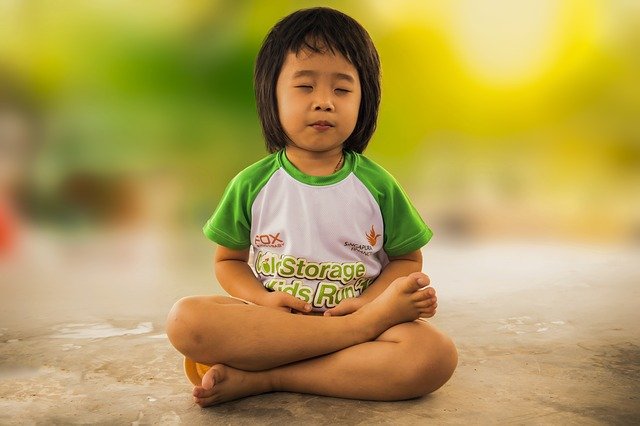Diana Winston, Director of Mindfulness Education at UCLA, offers a guided meditation podcast on the topic, Back to the Basics. This is one of the hundreds of free weekly meditation podcasts offered by the Mindful Awareness Research Center (MARC) at UCLA.
In the guided meditation, Diana reminds us that the fundamental purpose of meditations is to build our “capacity to be in the present moment” – in a way that is open, curious, and accepting of what is. There are numerous forms of meditation available today but they basically aim to develop this capacity so that in the daily challenges of life, such as conflict with a spouse, colleague, or a friend, we can draw on the calmness, equanimity and wise action that is available to us through mindfulness practice. People can choose a form of meditation that suits their interest, lifestyle, and physical capacity, e.g., transcendental meditation, movement meditations such as Tai Chi or yoga, or singing meditations such as the various forms of mantra meditation.
Diana points out that the increasing volume of research conducted by MARC and other centres around the world confirm the capacity of meditation to improve our stress response, physical health and immune system; reduce chronic pain; and overcome anxiety and depression, especially through mindfulness programs such as Mindfulness-Based Cognitive Therapy (MBCT) and Mindfulness-Based Stress Reduction (MBSR). The research also confirms that meditation can help children, even those with ADHD, to improve their capacity to pay attention. These findings have led to the explosion of mindfulness practices in schools around the world, such as the MindUP Program developed by the Goldie Hawn Foundation in America.
A guided meditation – returning to the basics
In her guided meditation, Diana revisited the basic components of a meditation practice:
- Comfortable position – this can be sitting, lying down (on the floor, grass, or beach), standing up or some form of mindful movement (e.g., mindful walking or Tai Chi). The aim is to achieve a position that is free from bodily stress, so that discomfort does not become a distraction in itself.
- Controlling visual stimulation – in a still meditation, people close their eyes or look downwards to avoid visual distractions. In a movement meditation the person’s gaze is typically unfocused but the internal focus is on body position and movement. In a mantra meditation, the internal focus is on the sounds and meaning of the sung mantras – visual stimulation may assist both aspects such as in evidence in the stillness in motion mantra sung by Lulu & Mischka. Natural awareness allows visual stimulation because you are opening yourself to what is around you (and doing so without a specific goal in mind).
- Choosing an anchor – in a still meditation, the anchor can be breath, sound, or bodily sensations (e.g., tingling in the feet or hands). In a movement meditation, the body and motion become the anchor. The aim of the anchor, whether in a still or movement meditation, is to have a specific focus to return to when distractions take us away from the purpose of our meditation (distractions such as planning, worrying, or analysing).
- Silence – this is a common component of many forms of meditation (apart from those that involve singing, chanting, music or speaking which seek to achieve an inner silence). Diana typically incorporates a period of stillness and silence in her guided meditations.
Whatever the form of meditation, the primary purpose is to be-in-the-present-movement. Diana suggests, for example, that if a really strong emotion or physical sensation intrudes, that your focus could temporarily shift to that emotion or sensation before returning to your anchor. Normally emotions and bodily sensations exist in the background, rather than the foreground of your meditation (unless you are consciously addressing a challenging emotion such as resentment or anger).
Reflection
There are many paths to the same end – being fully in the present moment. What is important is being able to transfer the state of mindfulness to our everyday life – what Sam Himelstein calls mindfulness-in-action. As we grow in mindfulness, we can capture the power of the present moment, maintain calmness in challenging moments and choose wise actions to address our situation.
__________________________________________
Image by truthseeker08 from Pixabay
By Ron Passfield – Copyright (Creative Commons license, Attribution–Non Commercial–No Derivatives)
Disclosure: If you purchase a product through this site, I may earn a commission which will help to pay for the site, the associated Meetup group and the resources to support the blog.



